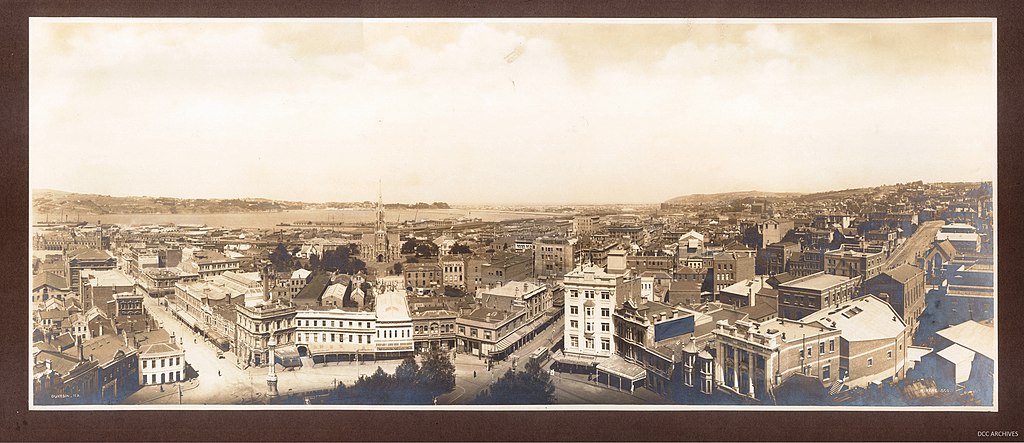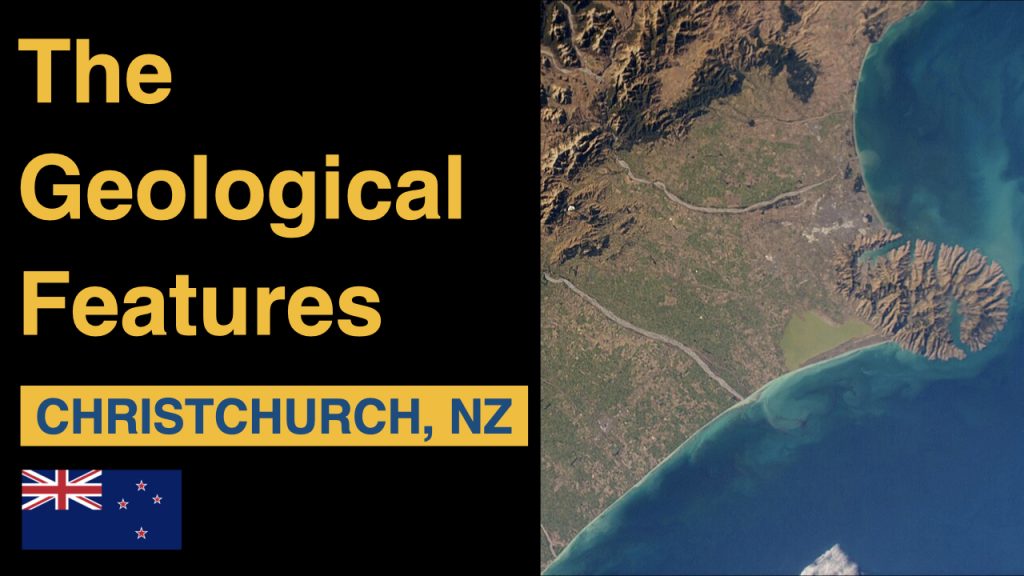
Dunedin, located on the southeast coast of New Zealand’s South Island, is a city rich in history, culture, and natural beauty. Known for its well-preserved Victorian and Edwardian architecture, Scottish heritage, and stunning landscapes, Dunedin offers a diverse array of attractions for visitors. Whether you’re a history buff, nature enthusiast, or culture aficionado, Dunedin has something to offer. In this article, we’ll explore some of the must-visit places and sights in this captivating city.
The Octagon
At the heart of Dunedin lies the Octagon, an eight-sided plaza that serves as the city’s central hub. Surrounded by cafes, restaurants, and shops, the Octagon is a lively gathering place. Here, you’ll find the historic Dunedin Town Hall and the beautiful St. Paul’s Cathedral. The Octagon is also home to the Dunedin Public Art Gallery, which features an impressive collection of New Zealand and international art.
Otago Peninsula
The Otago Peninsula is a natural wonder and a must-visit for wildlife enthusiasts. Just a short drive from the city center, the peninsula is renowned for its stunning coastal scenery and diverse wildlife. Highlights include the Royal Albatross Centre, where you can observe the world’s only mainland breeding colony of royal albatross, and Penguin Place, a conservation reserve for the endangered yellow-eyed penguin. The peninsula is also home to the picturesque Larnach Castle, New Zealand’s only castle, offering splendid gardens and panoramic views.
Dunedin Railway Station
A masterpiece of Edwardian architecture, the Dunedin Railway Station is one of the city’s most photographed buildings. Completed in 1906, the station boasts an elaborate façade with intricate details and a stunning mosaic floor. While the station no longer serves regular passenger trains, it is the departure point for the scenic Taieri Gorge Railway, which offers a spectacular journey through the rugged Taieri River Gorge.
University of Otago
Founded in 1869, the University of Otago is New Zealand’s oldest university and a significant landmark in Dunedin. The university’s clocktower building, with its distinctive Gothic revival architecture, is a symbol of academic excellence. Visitors can stroll through the beautiful campus grounds, visit the university museum, and enjoy the vibrant student atmosphere that adds to the city’s lively character.
Dunedin Botanic Garden
Established in 1863, the Dunedin Botanic Garden is New Zealand’s oldest botanical garden. Spanning 30 hectares, the garden features an extensive collection of native and exotic plants. Highlights include the stunning Rhododendron Dell, the tranquil Japanese Garden, and the Glasshouse, which houses tropical and subtropical plants. The garden is a perfect spot for a leisurely walk or a picnic.
Toitū Otago Settlers Museum
For a deep dive into Dunedin’s history, a visit to the Toitū Otago Settlers Museum is essential. The museum offers comprehensive exhibits on the region’s cultural heritage, from the early Māori settlers to the European colonists. Interactive displays, artifacts, and multimedia presentations provide a fascinating insight into the lives of Dunedin’s early inhabitants and the city’s development over the centuries.
Baldwin Street
Famed as the world’s steepest residential street, Baldwin Street is a quirky and unique attraction in Dunedin. With a gradient of 19 degrees, walking up Baldwin Street is a challenge and a popular activity for both locals and tourists. Each year, the street hosts the Baldwin Street Gutbuster, a race where participants run up and down the steep slope.
St. Clair Beach
For those looking to relax by the ocean, St. Clair Beach is the perfect destination. Known for its golden sands and excellent surf, the beach is a popular spot for swimming, surfing, and sunbathing. The nearby St. Clair Esplanade offers a range of cafes and restaurants, as well as a heated saltwater pool that overlooks the ocean, providing a unique and enjoyable swimming experience.
Conclusion
Dunedin is a city that seamlessly blends history, nature, and culture, offering visitors a rich and varied experience. From its vibrant central hub at the Octagon to the wildlife wonders of the Otago Peninsula, and from the architectural splendor of the Dunedin Railway Station to the natural beauty of St. Clair Beach, Dunedin is a destination that captivates and delights. Whether you’re exploring its historic sites, enjoying its natural landscapes, or immersing yourself in its cultural offerings, Dunedin promises a memorable and enriching visit.
